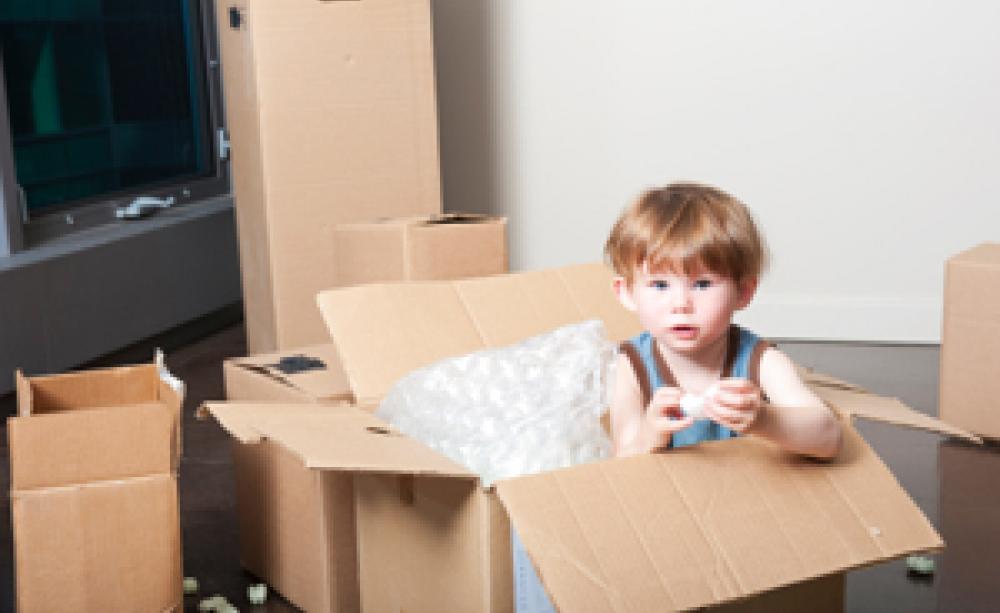The significance of play is immense; “Put simply, play is how children learn”, says Montessori teacher Anne-Marie Carlin. And toys are big business. The UK toy market is now valued at an estimated £2.83 billion (figure from BTHA) and worldwide companies spend billions of pounds advertising toys to children and their cash-strapped parents. Indeed the average UK family shells out in excess of £400 on toys each year.
Admittedly, I’m not exactly a stranger to the odd toy purchase. My two children have birthdays the week before Christmas and, by the time we’ve collapsed exhaustively into Boxing Day, our tiny terrace has metamorphosed into something resembling a poorly managed toy shop stock room. And just as the preceding year, and the one before, by around the 29th December, these toys lie abandoned and are largely snubbed with my children reverting to playing with cushions, blankets, paper plates, boxes and anything they can scavenge from the kitchen.
Forest School teacher Jane Glynn says the reason many toys don’t really enthral children is that they don’t allow for open-ended play. “Natural or found materials allow children to develop ideas themselves and lead to discoveries that a toy manufacturer might not have considered,” she explains.
“Toys are rubbish”, I announce to my partner whilst folding a blanket after an impromptu den-building session, a blanket that was bought to swaddle them in as babies, not as a plaything, “they don’t want toys to play with, particularly ones that, by design, tell them what to do, they just want stuff, any stuff, our stuff”.
And that’s when I remembered heuristic play…
As an Early Years teacher I was keen on ‘heuristic play’ and regularly built my planning around it. This term first came into use in the book, People Under Three, written by Elinor Goldschmied and Sonia Jackson. These authors acknowledged that young children have a natural curiosity when it comes to exploring objects; found objects in their environments. They observed that children enjoy determining the functions and characteristics of objects; what can be done with them, and how they can be manipulated.
If your toddler likes banging your saucepans more than their blue plastic drum-kit, or you’ve suffered years of mortification as your children open presents in front of anticipating relatives and then play with the box and the bubble wrap – you’re basically already an expert. Heuristic play is fundamentally the formal name for emboldening such natural desires. In doing so it’s felt imagination can bloom, cognitive skills develop and an understanding of the world can flourish.
And the ecological benefit?
Well, it’s colossal. Here you are creating future adults convinced that consumerism isn’t where fun and play begins. There’s a world of resources and opportunities in that which is found or no longer used for its original purpose. Instead of the longing for the swiping of a credit card to provide them with happiness, they’ve seen parents head into Nature for inspiration and valuing otherwise discarded items as educational and fascinating materials.
For more information, please visit the Developmental Psychology Arena.







